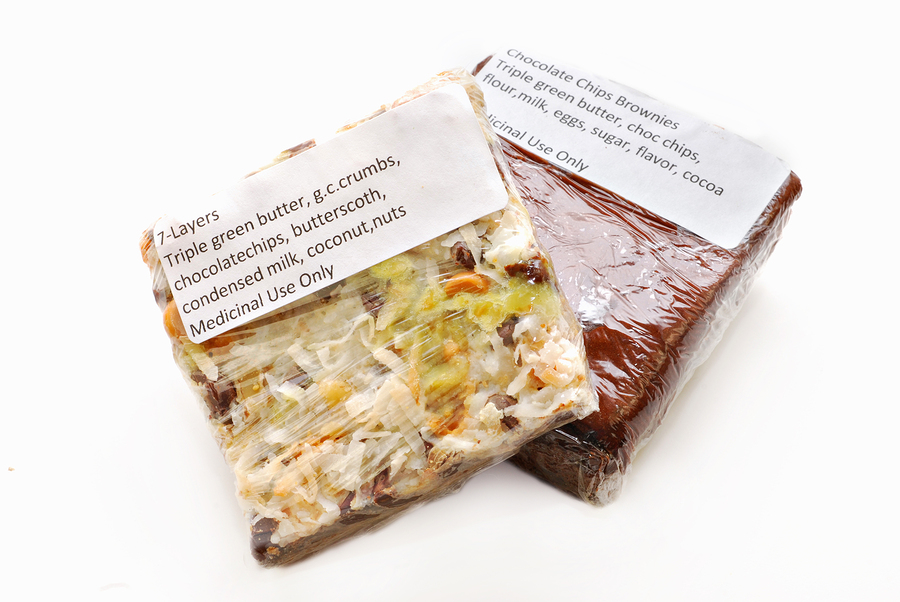An analysis of edible medical marijuana products from three major metropolitan areas found that many had lower amounts of key substances than labeled, which may not produce the desired medical benefit, while others contained significantly more of a certain substance than labeled, placing patients at risk of experiencing adverse effects, according to a study in the June 23/30 issue of JAMA.

As the use of cannabis (marijuana) for medical purposes has expanded, a variety of edible products for oral consumption has been developed. An estimated 16 percent to 26 percent of patients using medical cannabis consume edible products. Even though oral consumption lacks the harmful by-products of smoking, difficult dose titration (a process that involves determining the concentration of a substance) can result in overdosing or underdosing, highlighting the importance of accurate product labeling. Regulation and quality assurance for edible product cannabinoid (chemical compounds that are the active principles in cannabis or marijuana) content and labeling are generally lacking, according to background information in the article.
Ryan Vandrey, Ph.D., of the Johns Hopkins University School of Medicine, Baltimore, and colleagues investigated the label accuracy of edible cannabis products. An Internet directory of dispensaries, with a menu of products available at each, was used to determine purchase locations in San Francisco, Los Angeles and Seattle. A list of dispensaries was generated, with individual businesses randomly selected that offered at least 1 edible cannabis product from each of three common categories (baked goods, beverages, candy or chocolate) with package labels that provided, at minimum, specific measures of Δ9-tetrahydrocannabinol (THC; along with cannabidiol [CBD], typically the most concentrated chemical components of cannabis and believed to primarily drive therapeutic benefit). Between August and October 2014, edible cannabis products were obtained from the dispensaries and the contents analyzed. Studies suggest improved clinical benefit and fewer adverse effects with a THC:CBD ratio of 1:1.
Products were considered accurately labeled if the measured THC and CBD content was within 10 percent of the labeled values, underlabeled if the content was more than 10 percent above the labeled values, and overlabeled if the content was more than 10 percent below the labeled values. Of 75 products purchased (47 different brands), 17 percent were accurately labeled, 23 percent were underlabeled, and 60 percent were overlabeled with respect to THC content. The greatest likelihood of obtaining overlabeled products was in Los Angeles and underlabeled products in Seattle. Non-THC content was generally low.
Forty-four products (59 percent) had detectable levels of CBD; only 13 had CBD content labeled. Four products were overlabeled and nine were underlabeled for CBD. The median THC:CBD ratio of products with detectable CBD was 36:1; 7 had ratios of less than 10:1; and only 1 had a 1:1 ratio.
“Edible cannabis products from 3 major metropolitan areas, though unregulated, failed to meet basic label accuracy standards for pharmaceuticals,” the authors write. “Because medical cannabis is recommended for specific health conditions, regulation and quality assurance are needed.”
Source: JAMA
Was this article valuable?
Here are more articles you may enjoy.


 Wells Fargo Sued by Ex-Manager Who Said Bank Faked Diversity
Wells Fargo Sued by Ex-Manager Who Said Bank Faked Diversity  Apollo Expands Asset-Level Risk Reviews to Reflect Impact of Extreme Weather
Apollo Expands Asset-Level Risk Reviews to Reflect Impact of Extreme Weather  Trump Sues BBC for $10 Billion Over Documentary Edit
Trump Sues BBC for $10 Billion Over Documentary Edit  Marijuana’s Move to Schedule III: What it Really Means for Cannabis Insurance
Marijuana’s Move to Schedule III: What it Really Means for Cannabis Insurance 